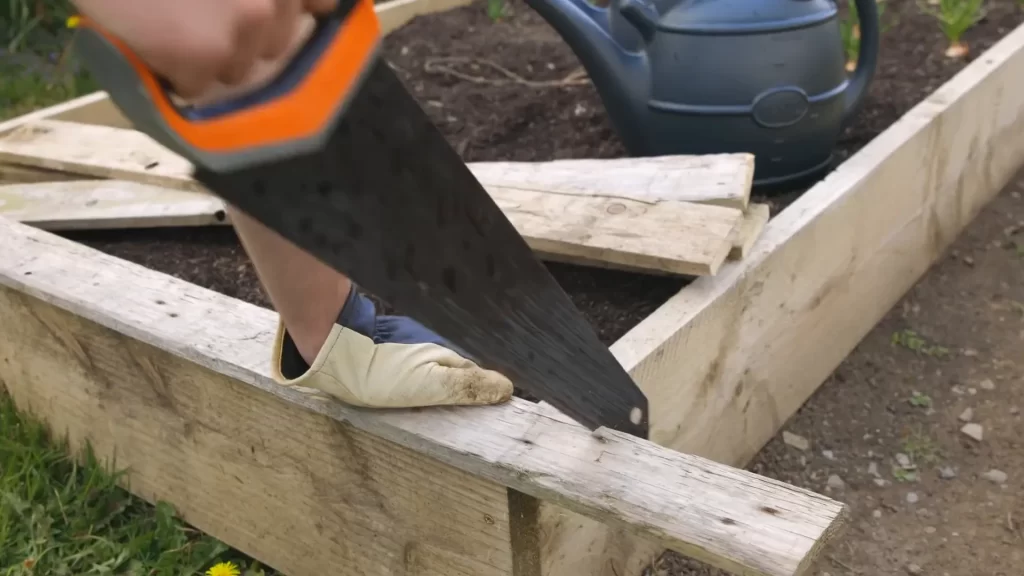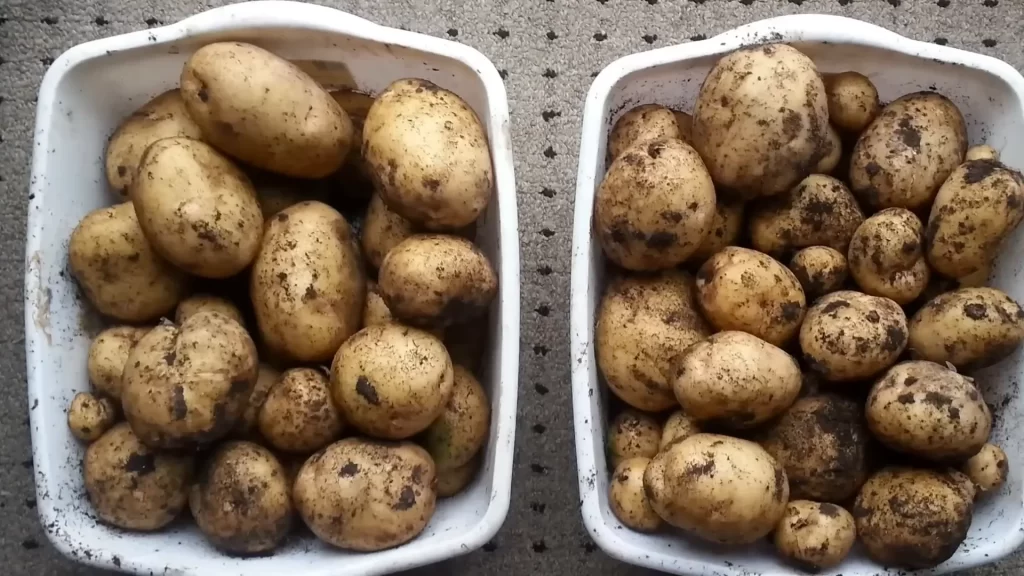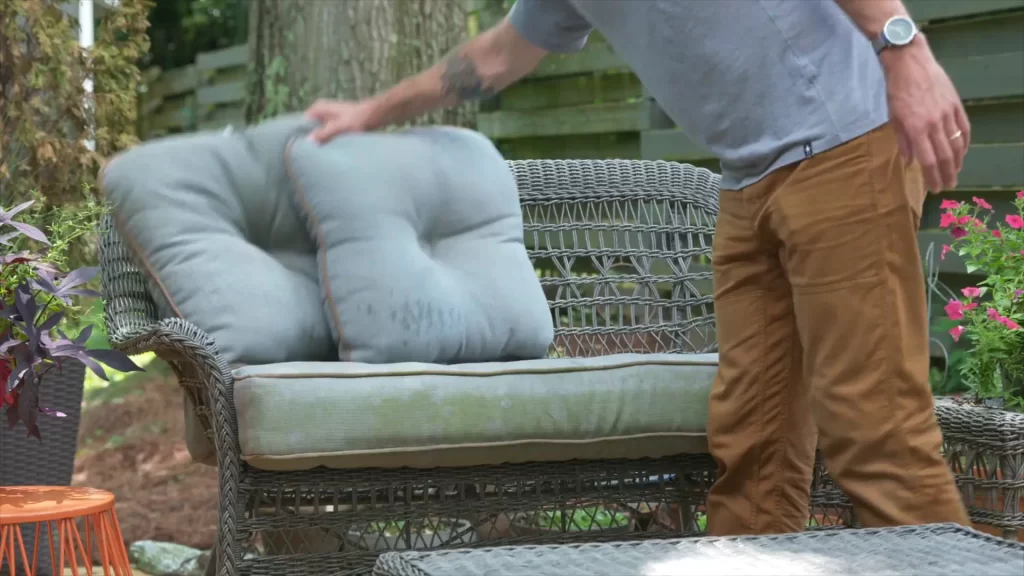Essential Tips for How to Start a Garden 🌱
Starting a garden can seem like a daunting task, but it doesn’t have to be! With the right approach and understanding of your space, anyone can create a thriving garden. In this guide, you’ll learn how to start a garden through three essential principles: understanding your space, recognizing the beneficiaries of your garden, and designing with local abundance in mind. Let’s dig in and explore how to start a garden!
Step 1: Understand Your Space 🌍
Understanding your space is crucial for creating a successful garden. Each space comes with its own unique challenges and opportunities. Here’s how to assess your area effectively:
1.1 Size Measurement 📏
The first step in understanding your space is to measure it. Get a tape measure and jot down the dimensions of your garden area. Create a simple bird’s eye view sketch to visualize the layout. This base plan will help you ensure that everything fits nicely when you start planting.
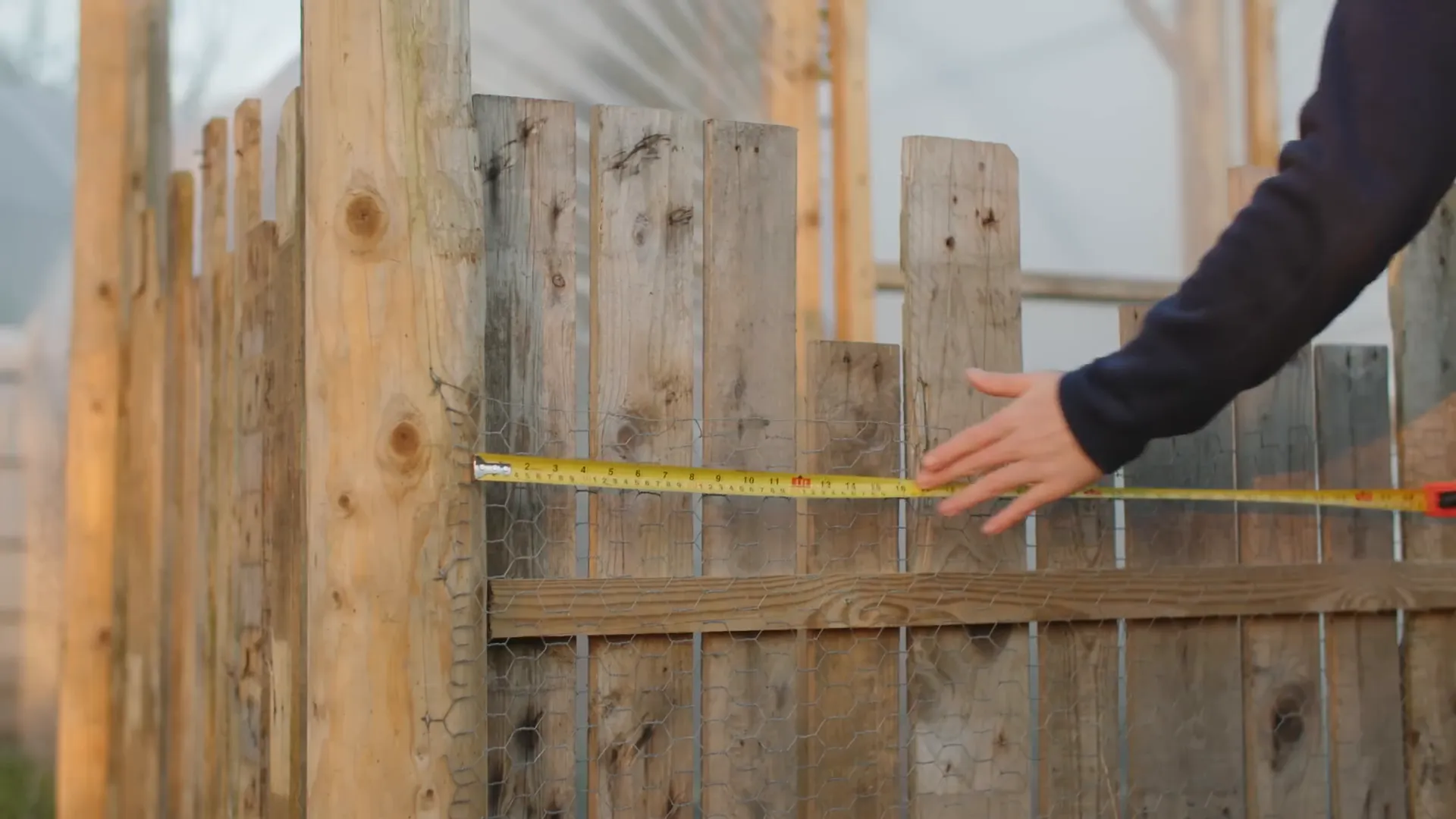
1.2 Water Accessibility 💧
Water is a vital resource for any garden, yet it’s often overlooked. Determine your water sources—do you have a spring, pond, or access to gray water? Consider capturing rainwater from your roof space or other structures to build a backup supply.
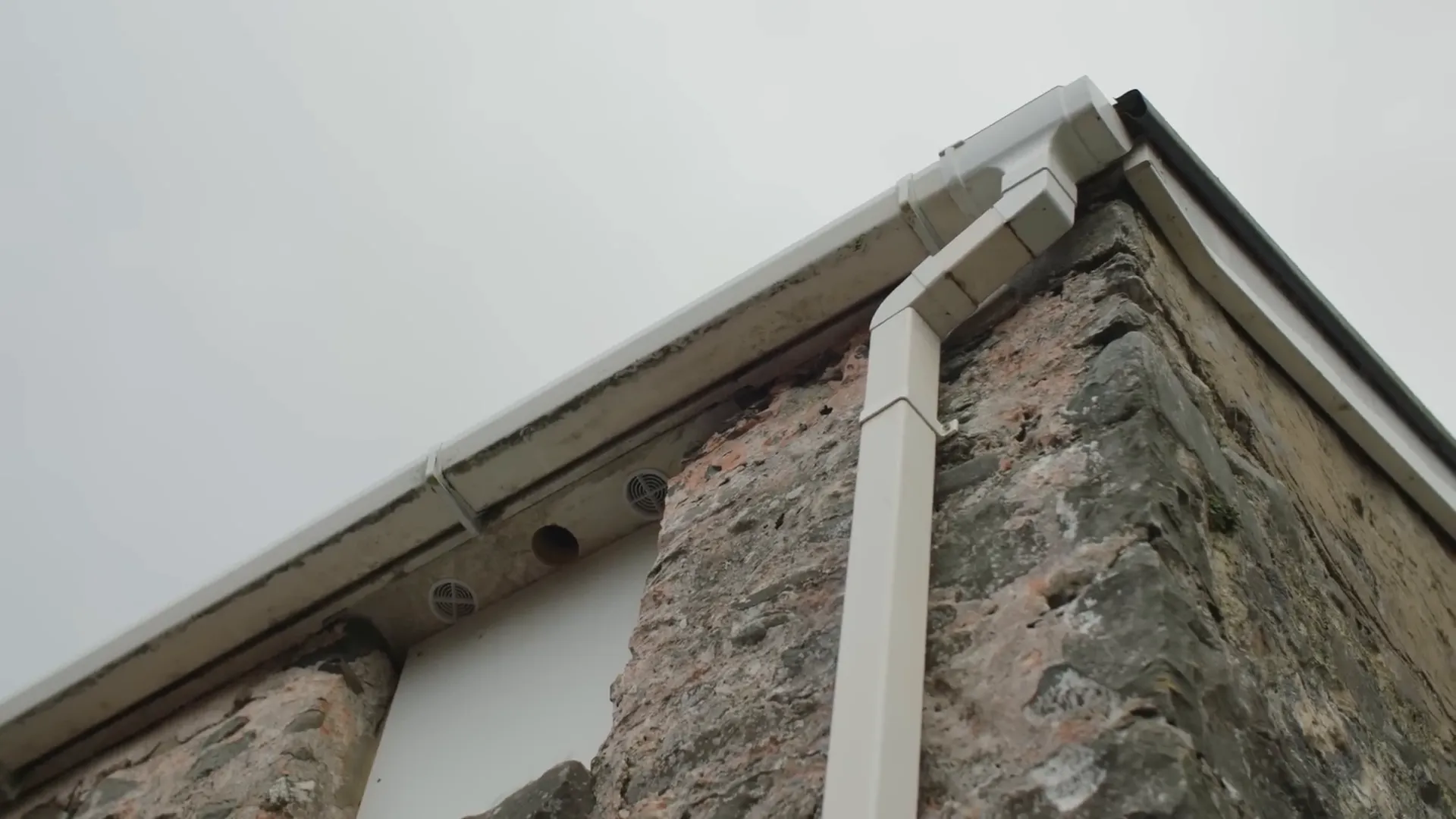
1.3 Aspect of the Garden ☀️
What direction does your garden face? Knowing whether you have a sunny or shady area can help you decide what plants to grow. For example, sunny areas are perfect for fruiting crops while shadier spots are great for leafy greens or compost storage.
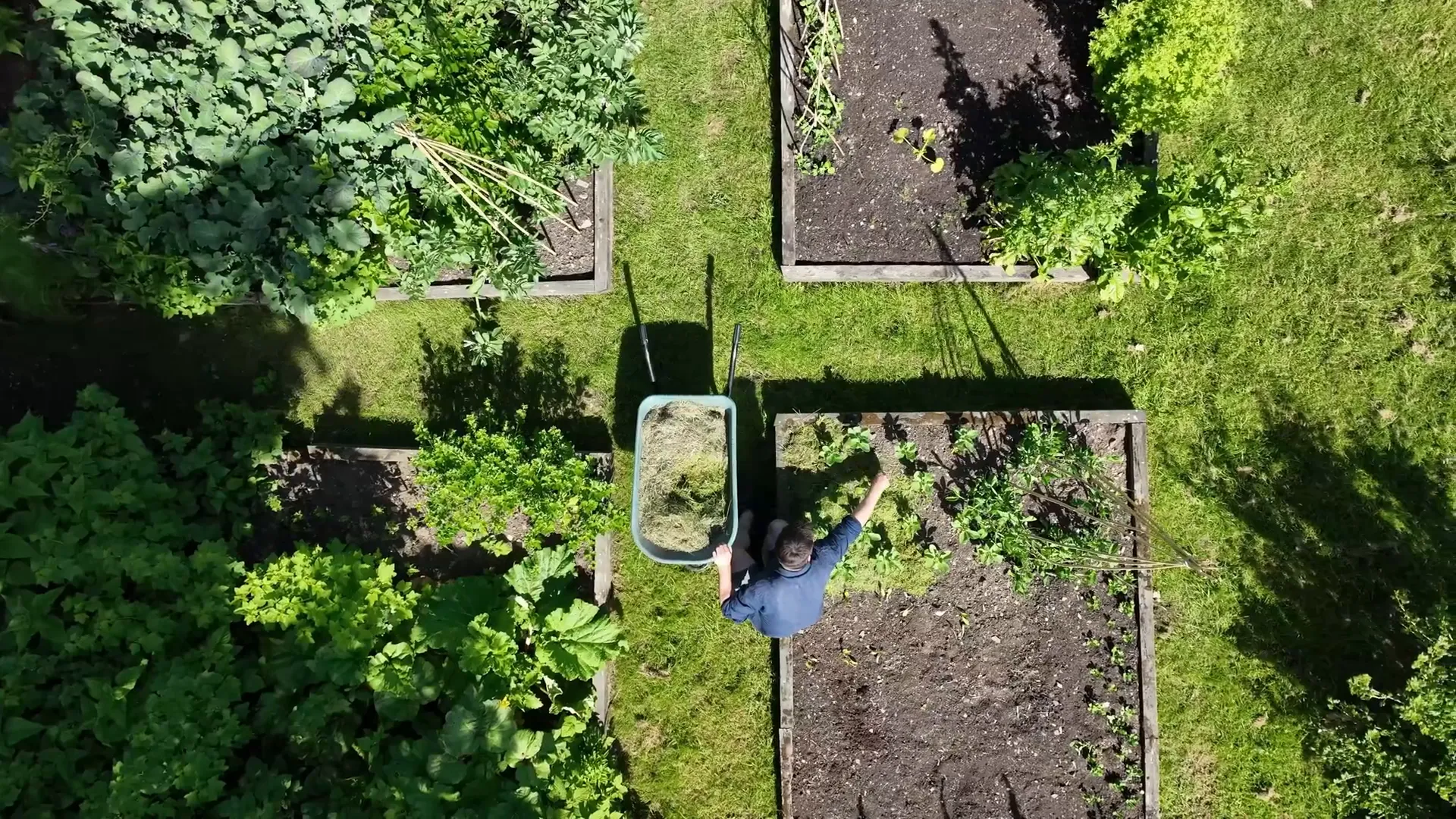
1.4 Ground Quality 🌱
Assess the quality of the ground in your garden. If you have rich topsoil, you might not need raised beds. However, if you’re renting or have poor soil, consider using containers or portable raised beds for flexibility.
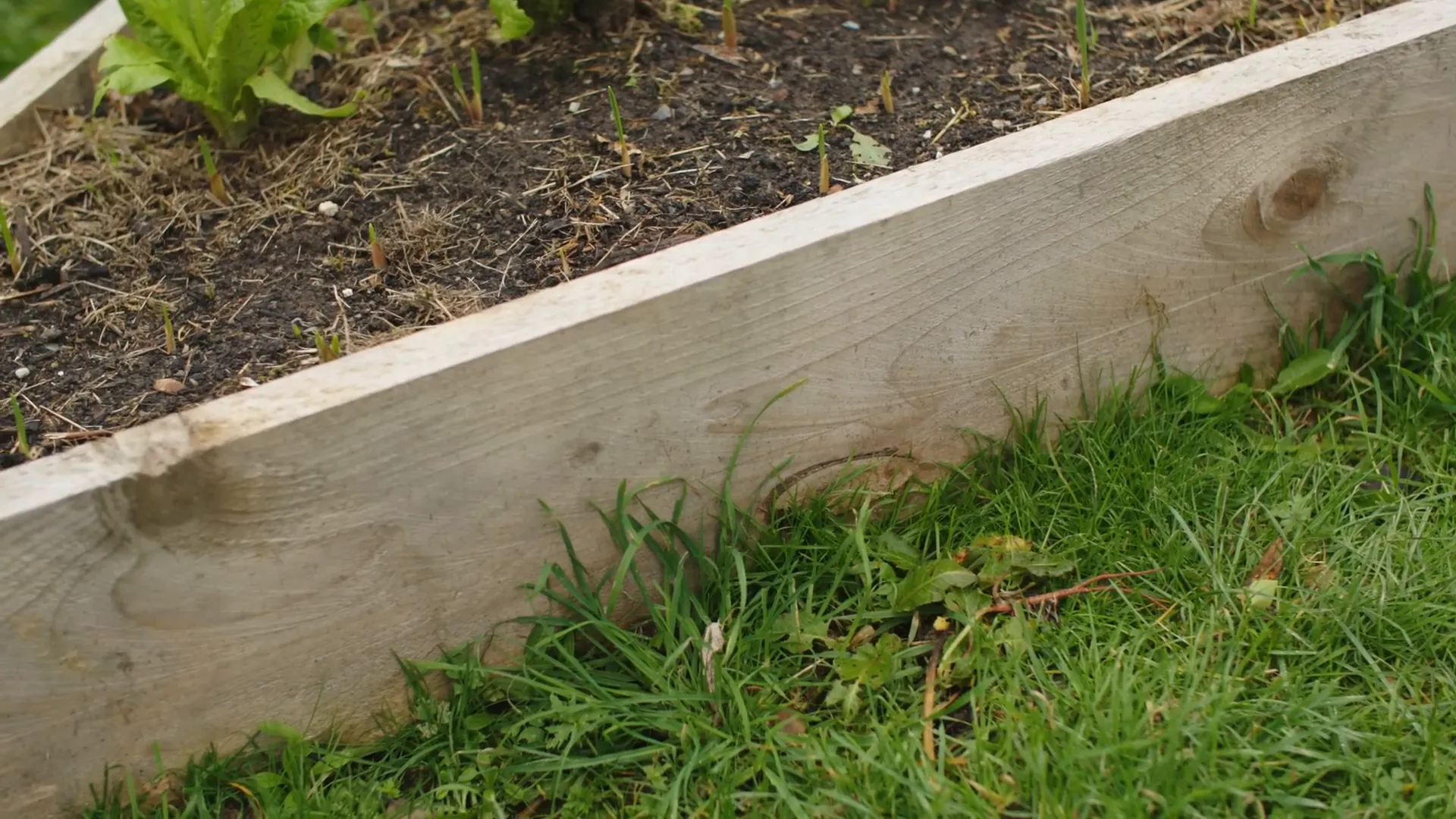
1.5 Access to the Garden 🚪
Think about how you will access your garden. If the only way to get there is through your house, consider the materials you’ll need to transport. Good access will make your gardening tasks much easier.
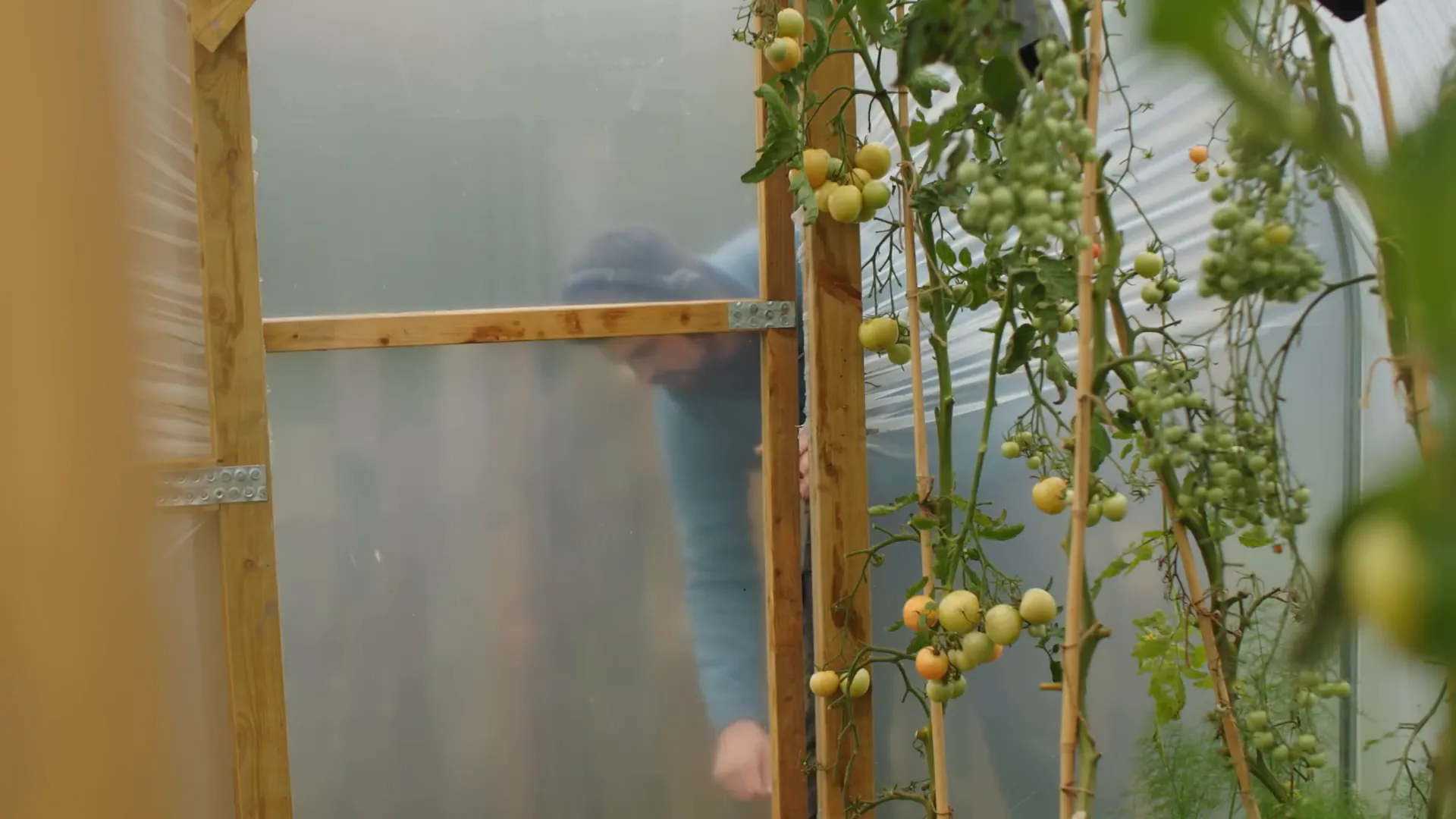
Step 2: Recognize the Beneficiaries of Your Garden 🌼
Understanding who will benefit from your garden is just as important as knowing the space itself. This includes not only yourself but also local wildlife and the community. Here’s how to consider beneficiaries:
2.1 Grow What You Love ❤️
When choosing plants, focus on what you enjoy eating or looking at. If you don’t like tomatoes, for example, don’t feel pressured to grow them just because others do. Create a list of your dream plants and research their growing conditions.
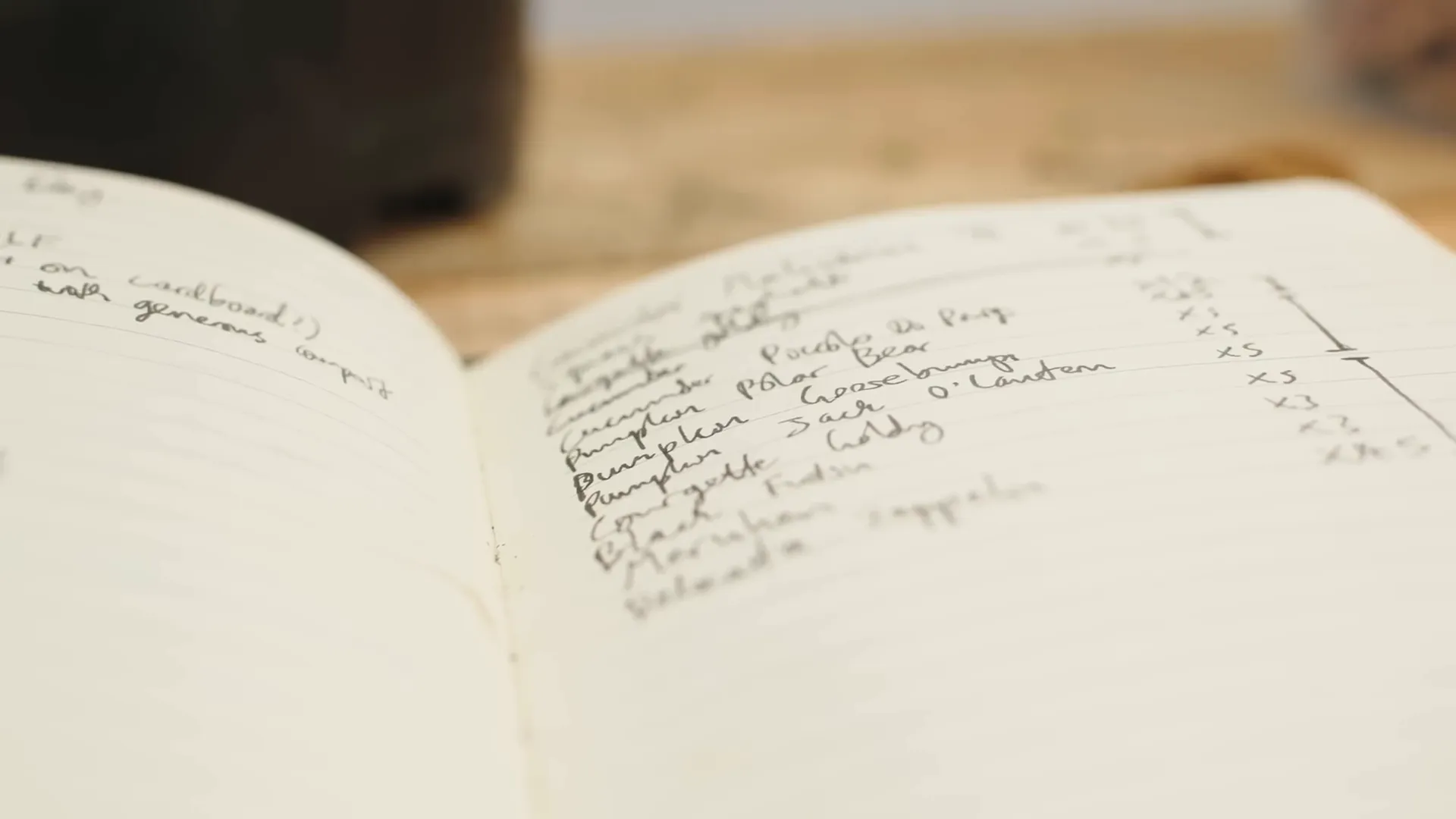
2.2 Use Local Knowledge 📚
Connect with local gardeners or join gardening groups to gain insights on what grows well in your area. They can provide valuable information on pest management, planting times, and plant varieties that thrive locally.
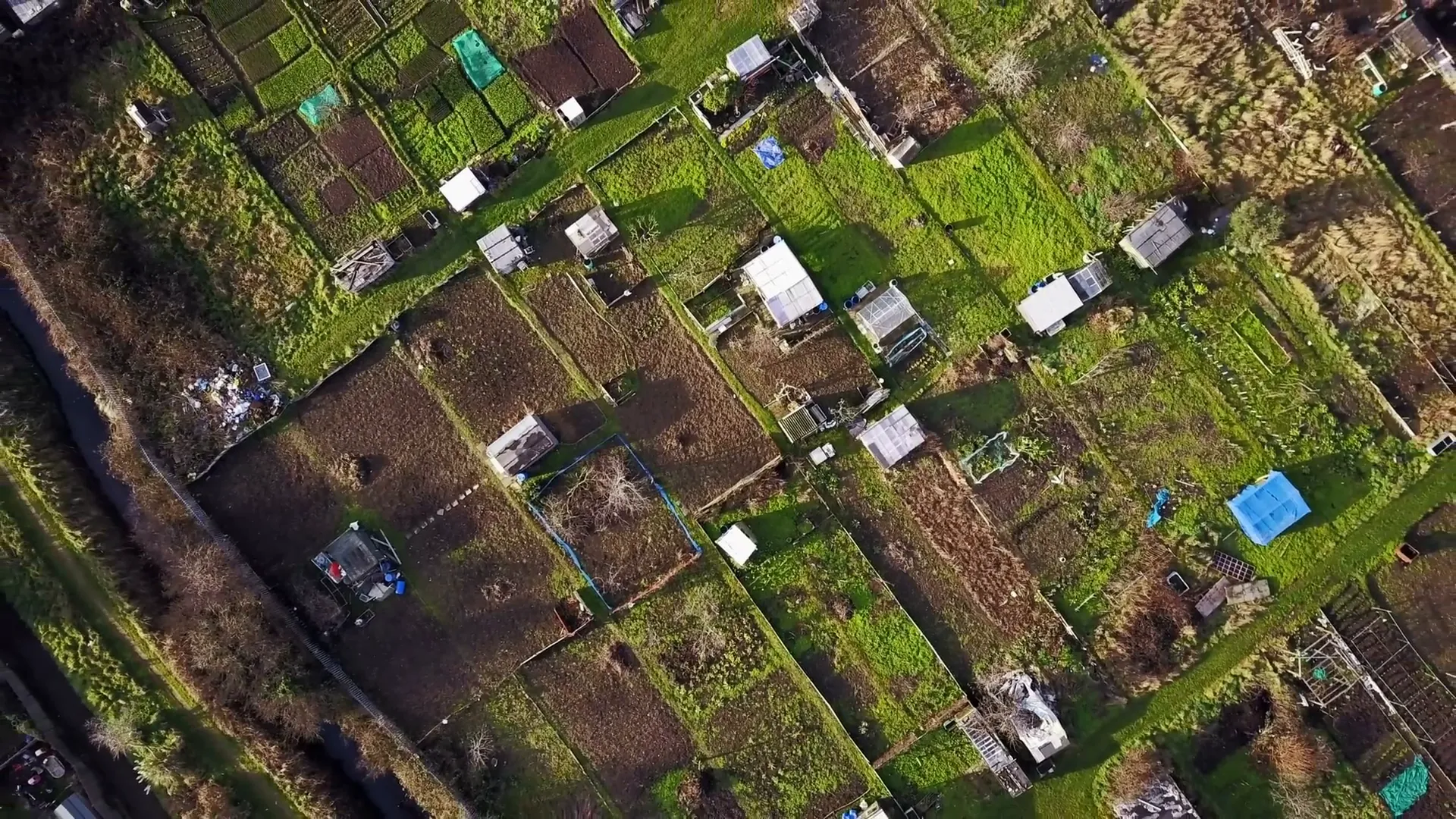
2.3 Create a Welcoming Space 🪑
Incorporate elements into your garden that will encourage you to spend more time there. Consider adding a cozy reading nook, a fire pit, or a small dining area. Make your garden a reflection of your personality.
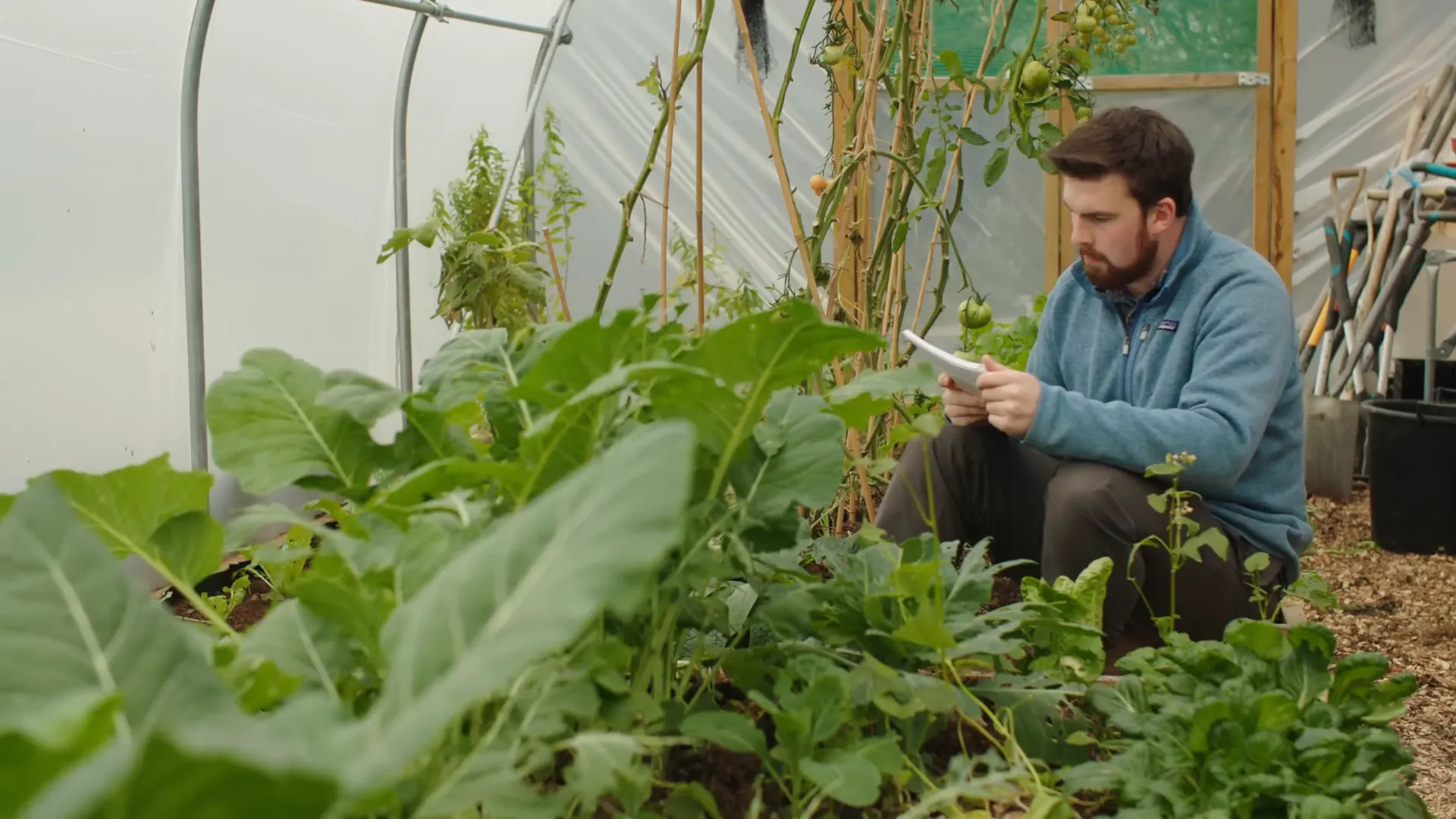
2.4 Support Local Wildlife 🦋
Think about how your garden can benefit local wildlife. Plant pollinator-friendly flowers, create habitats with bird boxes, or even add a small pond. This not only helps the environment but also enriches your gardening experience.
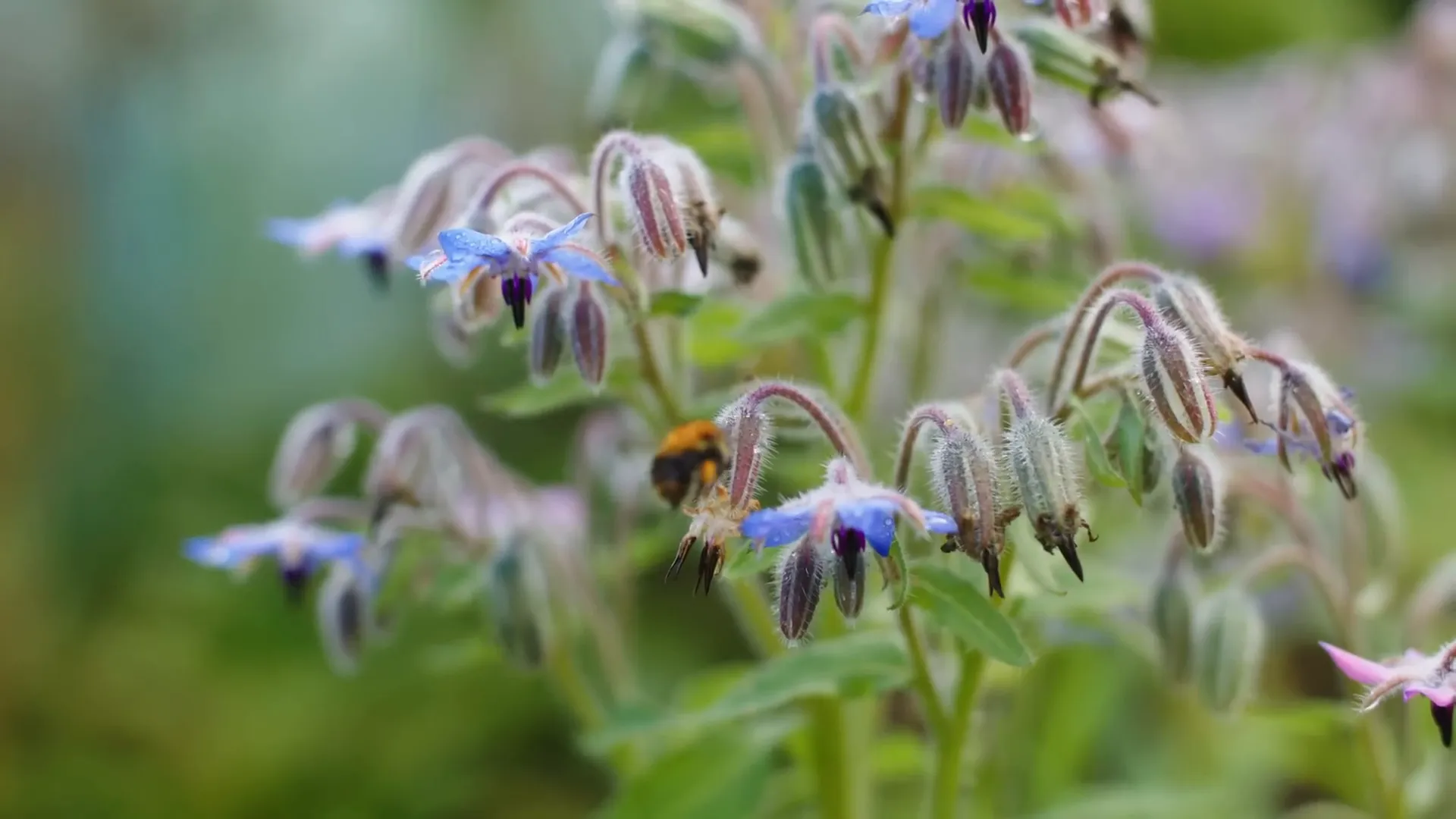
Step 3: Design with Local Abundance in Mind 🌿
Designing your garden with local resources can save money and increase sustainability. Here are some tips to help you make the most of what’s around you:
3.1 Start Composting ♻️
Begin making your own compost, even if you haven’t finalized your garden design. Composting is a powerful way to enhance soil quality and reduce waste. A simple pile in a corner can be a great start!

3.2 Utilize Local Resources 🌾
Look for materials in your community that can help your garden thrive. This could be cardboard, pallets, or even seaweed if you live near the coast. Repurposing materials can significantly cut costs.
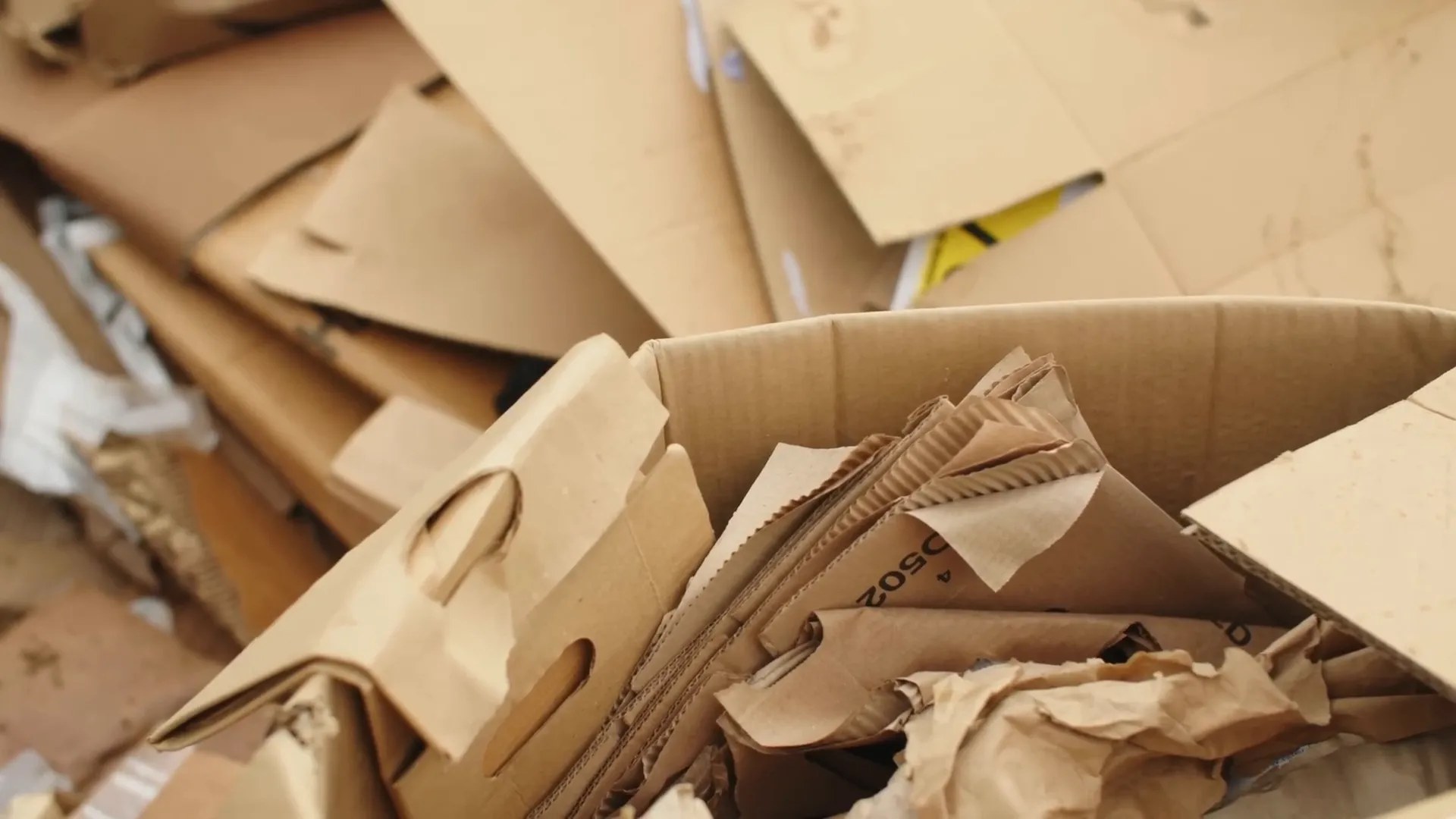
3.3 Think Outside the Box 🧠
Be open to using unconventional materials and resources. What might be trash to someone else can be treasure for your garden. This mindset can lead to creative solutions and unique garden designs.
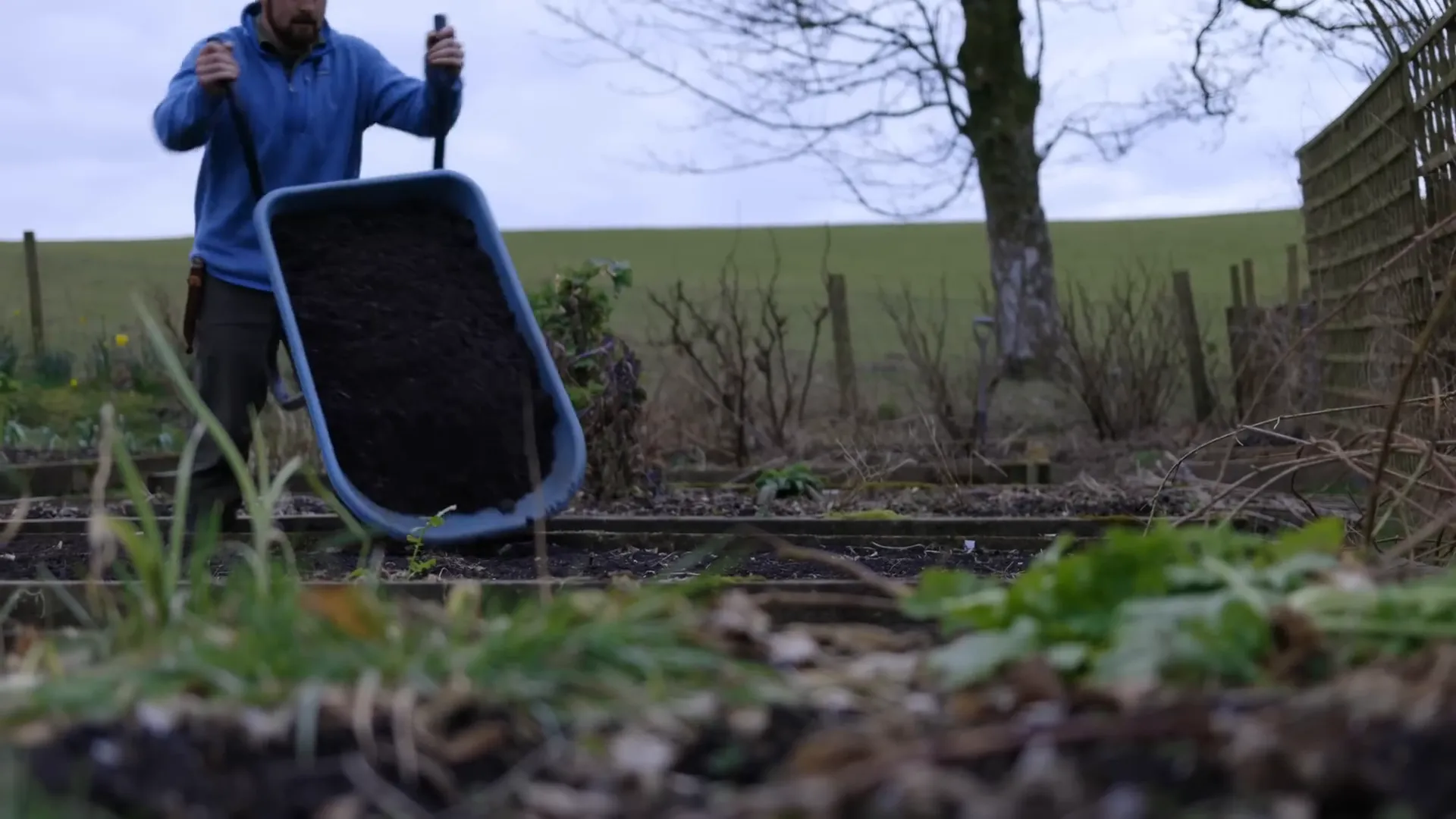
Step 4: Bringing It All Together 🤝
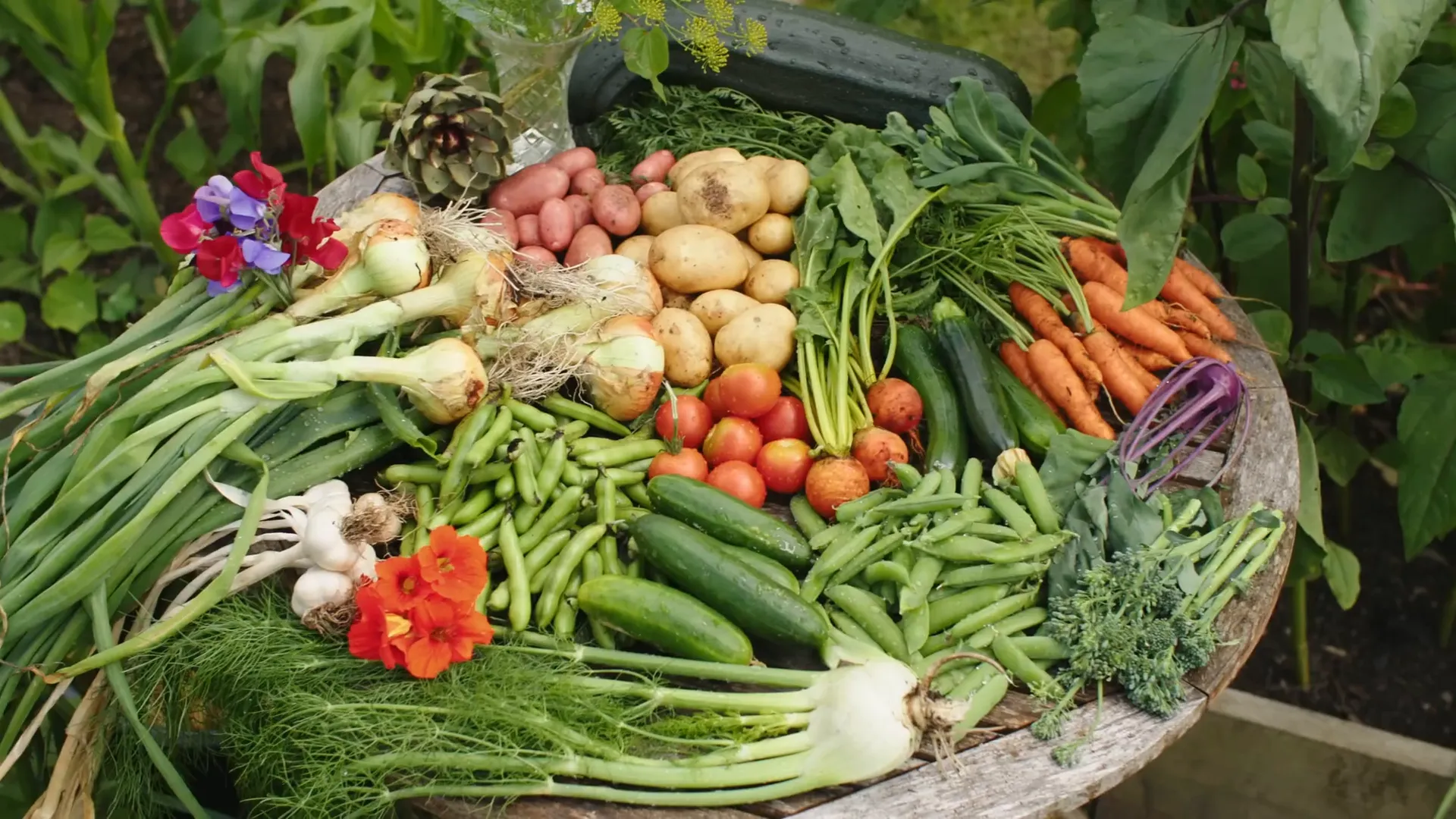
Now that you understand your space, recognize its beneficiaries, and design with local resources in mind, you’re ready to start your garden! This foundation will help ensure that your gardening journey is both successful and enjoyable.
Conclusion
Starting a garden is a rewarding journey that brings both beauty and abundance to your life. By understanding your space, planning with local resources, and considering who will benefit, you’re setting a strong foundation for success. Whether you’re growing food for your family, supporting local wildlife, or simply creating a space to relax, each step you take brings you closer to a thriving, sustainable garden. Remember, gardening is a learning experience—embrace each season, and don’t be afraid to get creative and try new things. Happy gardening, and may your garden flourish for years to come!
Frequently Asked Questions (FAQ) ❓
What should I plant first?
Start with easy-to-grow vegetables like lettuce, radishes, or herbs. These are great for beg
How much sunlight do my plants need?
Most vegetables require at least 6–8 hours of sunlight per day. Consider the sunny and shady areas of your garden.
Can I garden in small spaces?
Absolutely! Container gardening and vertical gardening are excellent options for small areas.
How often should I water my garden?
Watering needs depend on the plants and climate, but generally, aim for 1-2 inches of water per week.
What is the best time to start a garden?
The best time to start a garden varies by region, but spring is typically ideal for most vegetables.
